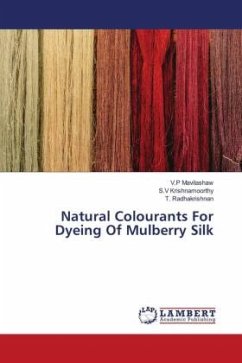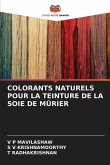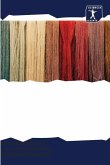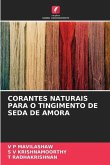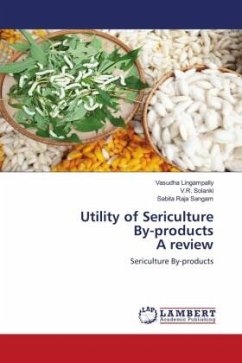Recently, interest in the use of natural dyes has grown rapidly due to the result of stringent environmental standards imposed in many countries in response to toxic and allergic reactions associated with synthetic dyes. Natural dyes are being considered as a possible substitute to synthetic azo dyes. As a result of increased environmental awareness, natural dyes are being preferred over the synthetic dyes because they exhibit better biodegradability and compatibility with the environment. This book identifies some of the plants with high dye content that are viable for commercial use, provides valuable information regarding extraction, dyeing, fastness properties, to aid dyeing. This book is an important resource for academic researchers, post graduate students and those involved in textile research and development.
Bitte wählen Sie Ihr Anliegen aus.
Rechnungen
Retourenschein anfordern
Bestellstatus
Storno

